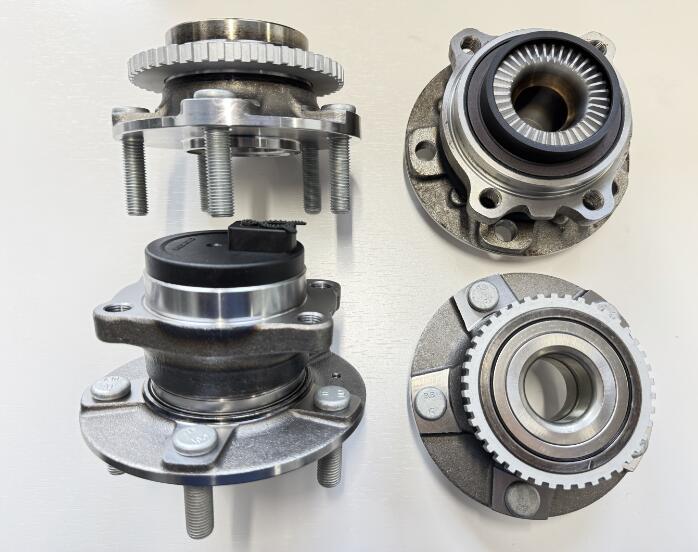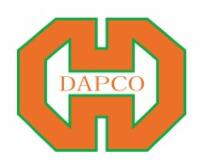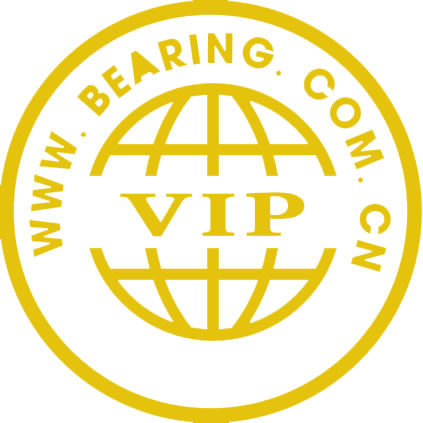
As a key component of the vehicle driving system, the wheel hub bearing unit undertakes multiple important functions, and its performance directly affects the safety, reliability and economy of the whole vehicle. Its application scope has covered passenger cars, commercial vehicles, engineering machinery and other fields. Different application scenarios have different performance requirements for wheel hub bearing units. From the adaptation requirements of traditional drive to new energy vehicles, the wheel hub bearing unit continues to promote the integration, lightweight and intelligent direction of automotive parts.
1. The zeroth generation traditional structure
It is composed of two sets of independent tapered roller bearings or ball bearings. This structure requires complex installation, oiling, sealing and clearance adjustment operations on the automobile production line. Its inherent defects are manifested in three aspects: the assembly quality is highly dependent on the skills of the operator, and the reliability is difficult to guarantee; cumbersome clearance adjustment must be performed during loading; regular maintenance is required after use, including cleaning the bearings, changing grease, etc., and the maintenance cost remains high. This structure makes assembly difficult and costly in automobile manufacturers, and the maintenance process is complicated at the repair point, and has gradually been replaced by a new generation of products.
2. The first generation of wheel hub bearing units
A major technological leap, using a double-row angular contact ball bearing or double-row tapered roller bearing design with an integral outer ring and separated inner components. The innovative advantages of this generation of products are mainly reflected in: pre-setting the initial bearing clearance, eliminating the need to use a spacer to adjust the preload on the automobile assembly line, and eliminating the clearance adjustment process; it comes with a high-performance seal ring, eliminating the step of manually installing the seal ring externally; it is basically maintenance-free after use, greatly reducing the cost of use. The first generation of products has a relatively compact structure, but the assembly requirements are still high, and are greatly affected by the accuracy of surrounding parts and manual installation factors.
3. The second generation of wheel hub bearing units
A revolutionary improvement has been made on the basis of the first generation. Its most notable feature is the addition of a flange for fixing the bearing on the outer raceway. This structural improvement brings multiple advantages: installation becomes extremely simple, just put the bearing on the axle and fix it with a nut, which greatly reduces the influence of manual factors; optimizes the overall structure and reduces weight; simplifies the maintenance process, making automobile maintenance more convenient. However, the second generation of products could only be used for driven wheels at that time, and the scope of application was limited to a certain extent.
4. The third generation wheel hub bearing unit
Integrates the advanced design concept of mechatronics: the outer row inner ring is integrated with the hub, the structure is more compact, and the weight is reduced compared to the second generation product; the product rigidity and strength are significantly improved, and the safety is better; the anti-lock braking system (ABS) sensor is integrated to achieve the perfect integration of mechanics and electronics. The third generation products generally use the main shaft and the semi-inner ring as one, eliminating the traditional nut fastening method, reducing the volume and weight, and improving reliability.
 More information
More information| Contact information | |
| Company name: | HANGZHOU DECENT AUTO PARTS CO., LTD. |
| Contact person: | Wang(Click to contact) |
| Address: | No. 795, Avenue 18, Baiyang Street, Qiantang District, Hangzhou, Zhejiang, China |
| Zip: | |
| Telephone: | You need register first! Register Now ! |
| Fax: | |
| Web site: | http://www.hdapco.com/ |


